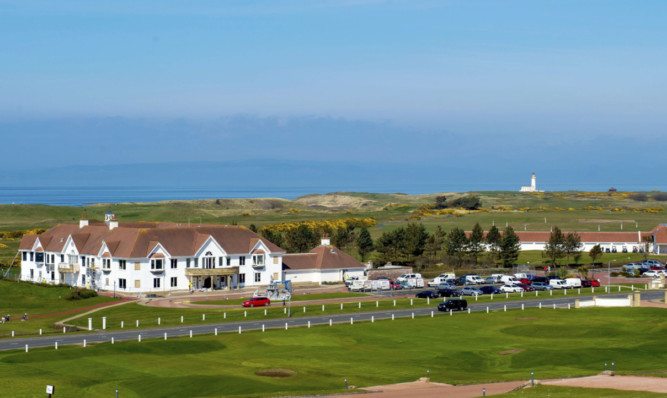The Old Course, Royal Portrush and now Turnberry. Seems no-one is able to leave our historic golf courses alone these days.
All three of these treasured tracks, consistently rated among the top 20 in the world, will have undergone alterations by the end of next year. Now the boom in course building has ended, designers are keeping busy by changing courses that, for the most part, don’t need any attention.
The one least affected, the Old Course, predictably caused the most furore. Regular readers will know my disdain for the self-appointed, self-important history nerds who attempted to blow this up into something it wasn’t, most of them doing so without even seeing the work.
So far, not a single leading player who has actually played the OC since the minor alterations were made has criticised them. They may just be being polite, but absolutely no golfer I know needs any invitation whatsoever to moan about course set-up or design.
You can argue – and I would – the Old Course changes were necessary because of the demands of the many championship tournaments played on it, and although I am also of the opinion that far too much elite golf is played there now, that’s a different argument.
The OC has changed and evolved throughout its long history, and only this time have those changes been advertised by press release. Argue the worth of the alterations by all means, but the idea that this is sacrilege or an affront to golf’s history is just plain nonsense.
Equally, the changes to Portrush and Turnberry are not in the least bit sacrilegious.
At Portrush, in order to secure the return of the Open in 2019 or 2020, the existing 17th and 18th holes will be not be used and a new 6th and 7th built out at the dunes.
No-one’s crying about this – well almost no-one, members voted 235-2 to accept the plan – because the last two holes are fairly nondescript, except for the “Big Nellie” bunker at the 17th, which is not even in play for elite standard golfers. They plan to “re-create” it at one of the two new holes.
Portrush have to make their changes anyway, for logistical reasons to get the Open back, and nothing is going to get in the way of that. Although there is an option to change the course back at non-Open times, it seems likely the membership will agree to make the alterations permanent.
Turnberry, however, is a different matter entirely.
The new plans for the Ailsa Course – by McKenzie & Ebert, but no doubt with the input of new owner Donald Trump – are actually radical surgery.
Now, I don’t disagree that the Ailsa is generally overrated. It’s easy to get carried away with the fabulous views and forget the occasional poor hole.
But this is regularly rated a top ten course in Europe, a top 20 course in the world. It’s been named No 1 in Europe a few times. Many seasoned observers, who’ve seen a good few “classic” courses, think it’s one of the best on the planet.
Is it unsuitable or becoming outdated for elite tournament golf? Stewart Cink and Tom Watson tied at two-under for the playoff at the 2009 Open. Clearly, it’s fine as it is for future championships.
Some of the changes are favourable. The 9th, with the tee perched on the rocks and a hogs back fairway, is a great hole for photographers but a rubbish one for golfers. A par 3 instead to the lighthouse is an obvious change.
Some holes out past the turn are a bit dull, a few changes are not entirely unreasonable there either.
But making just about every hole down there a forced carry over the rocks is excessive. It’s clearly an attempt to make Turnberry a Scottish Cypress Point.
Plans for the short sixth are another example of golfing plagiarism. Presently it’s a brutal long par 3, often into the wind, with a green that’s hard to hold. Too difficult for some, but this is a proper championship course and some holes will be tough.
The new plan shortens it by 80 yards, stating the intention is to re-create the much-loved Postage Stamp at Troon.
Well, as the loony Frenchmen in Monty Python And The Holy Grail put it, I’m not very keen on that because we’ve already got one. It’s at the next Open venue just up the road, in fact.
This is Mr Trump’s standard practice. He had to be argued out of making one short hole into a copy of the Island Green of Sawgrass’ 17th in the recent redesign of Doral that turned a tough course into a brutal, bombers-only slog.
Work on the new Ailsa is set to begin later this summer, but there is one change that’s already been completed.
Outside the clubhouse a garish granite fountain has been erected. It features a trio of lions looking up at what appears to be a Roman centurion. Yes, this is in Ayrshire.
It’s awful, the most incongruous erection at a UK sporting venue since the Michael Jackson statue at Fulham’s Craven Cottage.
No doubt it’s intended to lend some classical bearing to the vista, but it’s really just tasteless pastiche.
I may be alone in this, but I fear the Aisla Course could end up the same way.
